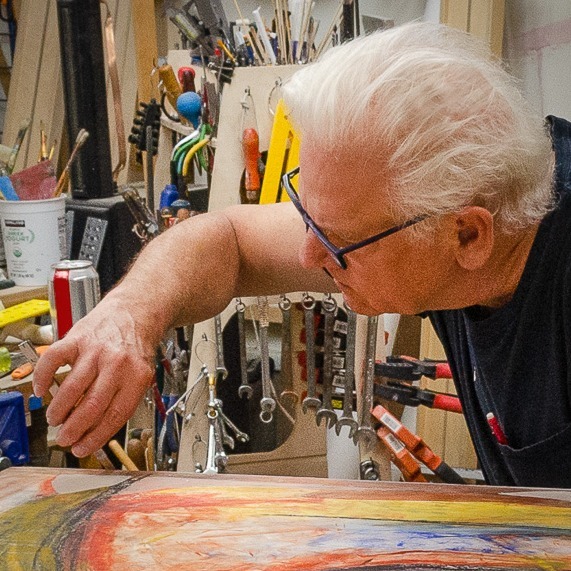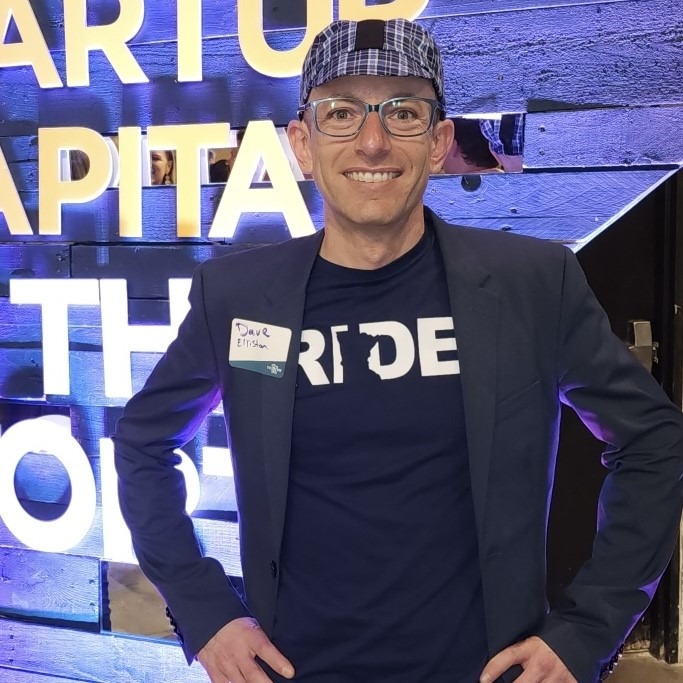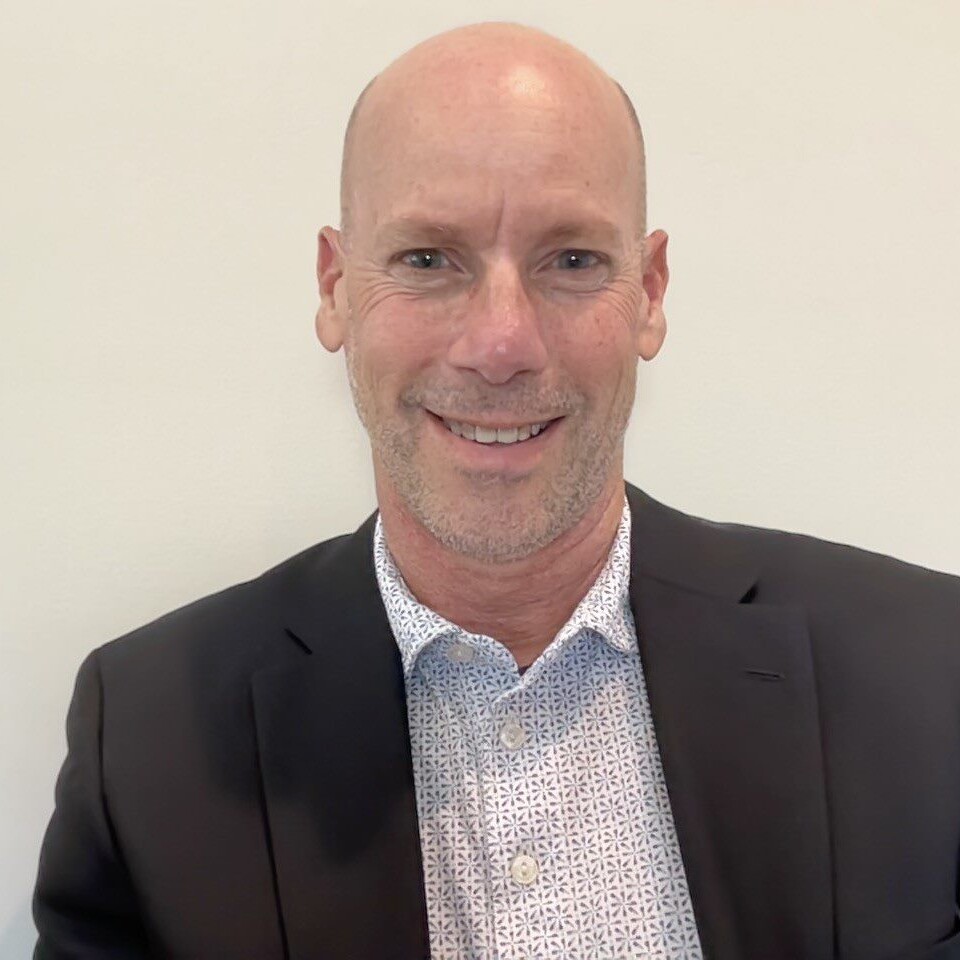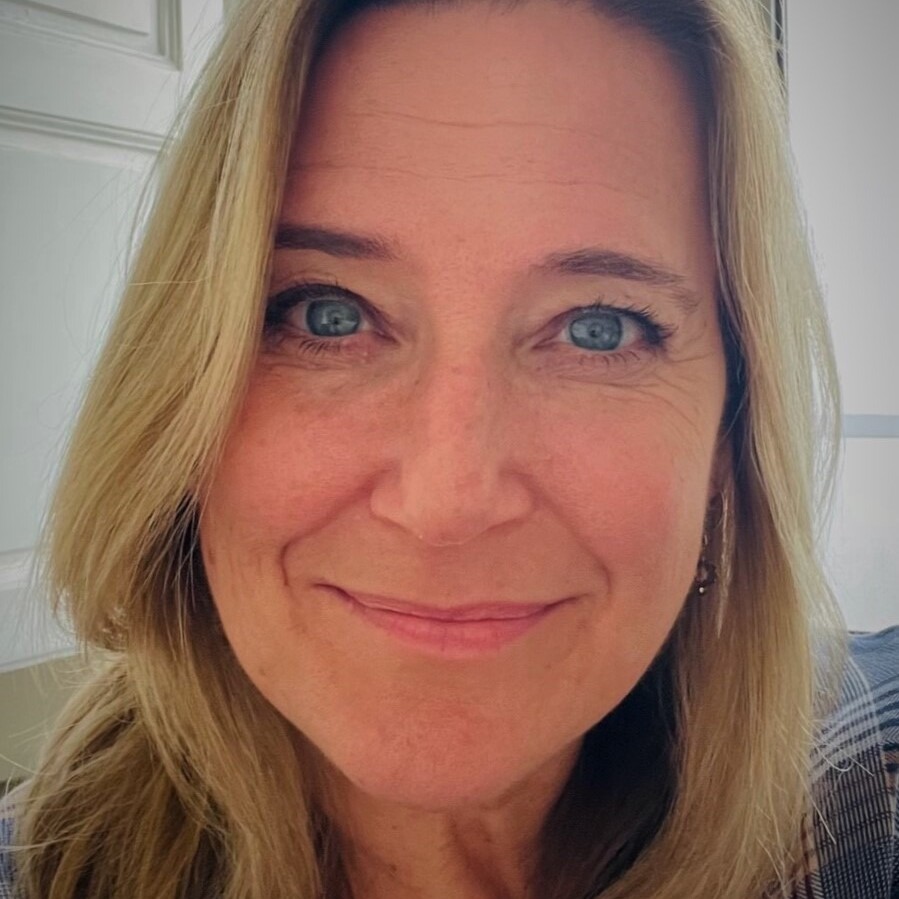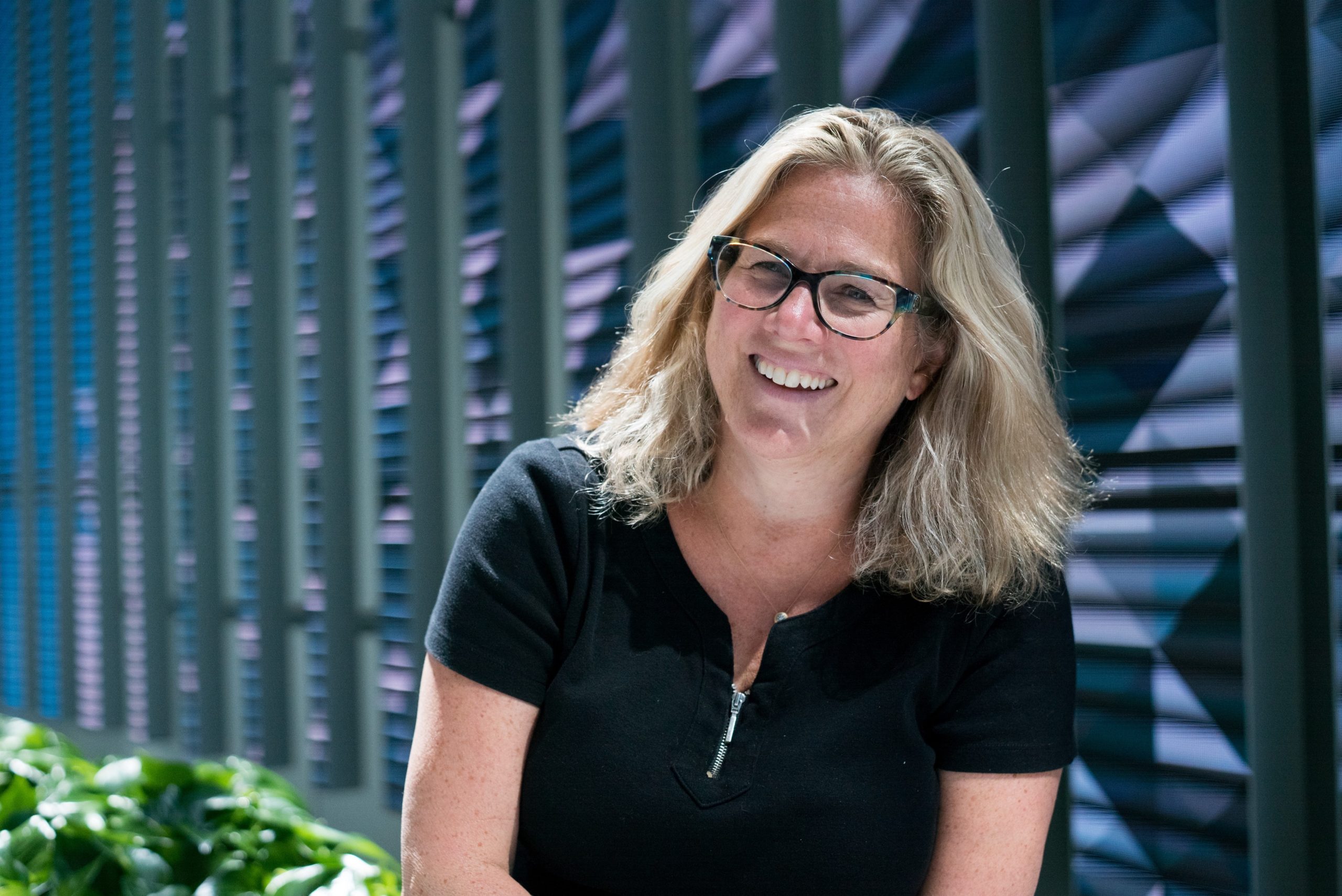The burgeoning number of innovative startups in Minnesota’s science and tech community should be attracting more attention from early-stage funders, or angel investors, from across the U.S. and beyond. But for startups to draw more outside capital, says Cathy Connett, CEO and managing partner of Sofia Fund, “We need fundable business models.”

Entrepreneurs need to understand the fundamentals of fundability, says Connett, to know which kind of startups get early-stage funding, and which don’t.
Sofia Fund is a Minnesota-based angel capital fund which invests in high-growth women-led businesses. Connett and her partners have been investing in companies for more than 30 years, either as individuals or as part of the Sofia Fund. Sofia Fund is seeking more, and stronger, opportunities to invest. To achieve that, says Connett, “We’re trying to improve the financial sophistication of women entrepreneurs, to help them understand what investors value.”
Here are three fundamentals of fundability:
No. 1 – Follow the J curve growth model
Understanding risk is one of the fundamentals too often missing with startups, Connett says. “A lot of women business owners are in the ‘make a little, sell a little’ model. Their vision is a business that grows on a slow, but steady, slope.” Connett describes it as a linear growth model – not appealing to outside investors because exits are difficult.
Startups looking to attract angel investors must understand risk. “We’re willing to fund a loss to drive the business into growth,” says Connett. “If you want other people’s money, the model you need is a great business with a vision for growth and exit.” She calls it the J curve growth model, a startup with a big audacious problem, a vision for how to solve the problem, and a plan for substantial growth, with risks, but also potential big returns.

No. 2 – Have an exit strategy
Startups need to begin with the end in mind, the point where their business is acquired and delivers a return on the investment. “Figure out potential buyers of your business ahead of time and determine the value for the buyers,” Connett says.
The exit strategy eliminates startups that are looking for funds to repay like loans. “We’re not bankers,” says Connett of angel investors. “We invest in equity.” It also eliminates funding “lifestyle” businesses, says Connett. “If you want to grow the business, and pass it on to your children, that’s a great family business.” But that’s not appealing to an outside investor.
No. 3 – Operate optimally
Entrepreneurs need to demonstrate they are operating their business to optimize opportunities, starting with the team they build. A startup with a B2B plan will have a much different team than a consumer-driven business.
Entrepreneurs may dive too deep into their business and miss real opportunities. “They’re so busy trying to solve the problem of creating the greatest widget, the resources that make the opportunity much bigger get ignored,” Connett says. She knows this from her past experience as an engineer, managing business development for 3M’s R&D labs. “I thought my job was to take technology and create new business,” says Connett. But ultimately, the success of the R&D was not just to create it, but to sell the developments to 3M divisions, considered the strategic buyers.
The business owner also needs to have a clear value proposition. “Too often, entrepreneurs get caught up in product features,” says Connett. “When do you quit inventing and take the product to market?” That can be where investors add the most value, because they’ll push to get the product out.
Finally, Connett says, entrepreneurs, particularly those who lack experience in the business world, may struggle to pull the pieces together for a cohesive business. “The popular press around entrepreneurship often celebrates the invention for the problem it solves,” says Connett. “But that doesn’t necessarily make it a fundable business.”



